#tochigi 100 mountains
Explore tagged Tumblr posts
Text





2023.3.19 大佐飛山 栃木百名山の中でも一番の難峰といわれる、大佐飛山へ登頂できました!山頂はひたすら遠い場所でしたが、快晴の青空のもと、雪���天空回廊は素晴らしい所でした(^^♪
50 notes
·
View notes
Text
Nikko & Shikinejima: Two Adventurous Day Trips From Tokyo
For first-time visitors, a trip to Japan almost always revolves around Tokyo. But locals know that the real adventures start when you venture beyond the bustling metropolis. That’s because the rest of Japan beckons with all kinds of beautiful, off-the-beaten path destinations. To get acquainted with Japan’s wild side, check out “100 Experiences in Japan,” a comprehensive guide book recently released by the Japan National Tourism Organization (JNTO). From world-class skiing to mountain biking and more, it makes a great primer on how to best experience the country’s natural wonders. That scenic beauty is on full display around Nikko, a city just a few hours north of Tokyo, and Shikinejima, a rugged volcanic island located just a few hours south. Whether you’re looking to hike to the summit of a sacred mountain or explore tidal hot springs at the edge of the sea, Nikko and Shikinejima both make great excursions from Tokyo, and they deserve a place at the top of any adventurer’s list. What to Do in Nikko

© NIKKO CITY TOURISM ASSOCIATIONNikko is a small city in central Japan surrounded by mountains, lakes, and waterfalls. The area is steeped in Japanese history—it’s home to several magnificent shrines and temples that together form a UNESCO World Heritage Site. Selected as one of the top National Parks in Japan, it’s especially popular in the fall, when the area’s deciduous trees put on a striking display of color.

Irohazaka Winding Road © NIKKO CITY TOURISM ASSOCIATION Sushi, Skiing, and Snow Festivals: The 4-Day Weekend in Sapporo, Japan To get the most out of your visit, you’ll want to head toward Nikko National Park. This preserve is home to three sacred peaks, known collectively as Nikko Sanzan, that tower above the landscape: Mt. Nantaisan, Mt. Nyoho, and Mt. Taro. Getting there is half the fun. From Nikko, rent a car (just remember to drive on the left!) or catch a bus for the drive up Irohazaka Winding Road, a narrow mountain highway that follows the Daiya River valley and includes 48 hairpin turns. As you drive, you’ll get stunning views of the valley, the river, and the mountains beyond. Make sure to pull off at the Akechidaira Ropeway, where you can take a gondola up to an observation platform for an excellent view over the Akechidaira Plateau. At the top of the Irohazaka route lies Lake Chuzenji, Japan’s highest natural lake. Make a stop to check out Kegon Falls, where water from the lake tumbles over 328 feet into the valley below, forming the Daiya River. The observation platform at the top of the falls is free and gives a great view, but the cascade is even more impressive when viewed from below. For a small fee, you can hop in an elevator and access the lower observation deck, which gets you closer to the water.
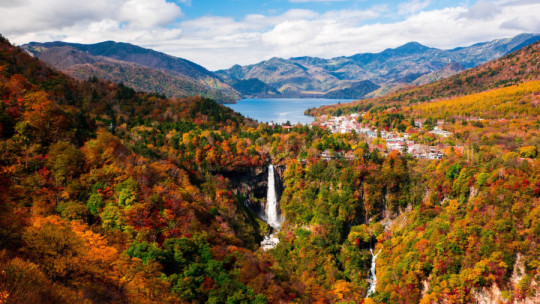
Kegon Falls © JNTOThere are plenty of opportunities to get on (and in) the water, too. The Tochigi Kayak Center offers twice-daily guided canoe and kayak tours on Lake Chuzenji—there’s no better way to appreciate the lake’s stunning scenery and the views of Mt. Nantaisan. If you’re looking for an adrenaline rush, sign up for one of the guided whitewater rafting trips on the nearby Kinugawa River. Hop into an eight-person raft and paddle hard to make your way through the river’s churning rapids as you descend through the scenic valley toward Nikko. The Kinugawa valley is also a great place to try canyoning. If you haven’t done it before, it’s a bit like visiting a water park, except instead of sliding down plastic slides, you get to cliff-jump into crystal-blue pools of water and shoot through waterfalls. Trust us, it’s a lot of fun.

Canyoning © NIKKO CITY TOURISM ASSOCIATIONHiking is another big draw in Nikko National Park. There are plenty of easier hikes circling Lake Chuzenji, but if you’re up for a real challenge, head to the trail up Mt. Nantaisan. At 8,156 feet, this sacred mountain is Nikko’s highest peak, and for a small fee and plenty of sweat, you can get to the top of it. The trail starts at the Futarasan Shrine at the foot of the mountain and rises steeply all the way to the summit. The whole out-and-back hike takes about seven hours, but the exceptional views from the top are worth the effort. While you’re up there, be sure to explore the Okusha shrine located on the summit. The Ultimate Backcountry Adventure in Hokkaido, Japan's Powder Paradise What to Do in Shikinejima

Tomari Beach ©Shikinejima Tourist OfficeMore of a beach person? Japan has plenty of those too, and Shikinejima is home to some of the best stretches of sand and surf in the country. A remote, sparsely populated island in the Philippine Sea about 100 miles south of Tokyo, it’s a world apart from the teeming city. If you’re looking for a quiet, nature-focused escape, this is the place to go. Beachgoers flock to Tomari Beach on Shikinejima, and with good reason: This picturesque crescent of sand is surrounded by towering cliffs that form a sheltered cove with sparkling turquoise water. The rock formations keep the water calm, so this is a great spot to take a dip and enjoy the ocean. Looking for something a little more active? Head over to Nakanoura Beach, which is great for snorkeling. Put on your mask and flippers to catch views of coral, colorful fish, and even sea turtles. If you want to see even more of the island’s natural beauty, rent a kayak from the Shikinejima Sea Kayak School. The waters around the island are usually calm—perfect for paddling—and you’ll be able to explore hidden coves and beaches and get top-notch views from the ocean. You can find hot springs, or onsen, all over Japan, but few are as unique as the ones on Shikinejima. Here, the hot water bubbles to the surface right by the ocean, making for a one-of-a-kind onsen experience. There are several springs scattered across the island, but we recommend Ashitsuke Onsen, which is relatively accessible and features several different natural baths at the water’s edge. Try out a few different ones until you find a temperature you like.

Kambiki Observatory ©Shikinejima Tourist Office/©JNTOThe rest of the island is rocky and heavily forested, with plenty of great hiking trails. A trip over to Kambiki Observatory will reward you with breathtaking views of the ocean (and on a clear day, even distant Mt. Fuji). For a more adventurous journey, the trail to Oura Beach makes a great day hike: It winds through the western side of the island and takes you to a quiet cove that opens into the ocean. The beach is famous for its natural stone arch, which looks like a horse’s head bending down to drink from the water. Biking is another great way to explore Shikinejima—rent a set of wheels in town once you step off the ferry, and you’ll be able to get around the island with ease. How to Get There Nikko is a short ride from Tokyo. Catch a bullet train from Tokyo to Utsunomiya (a 50-minute journey), and then hop on Japan Rail’s Joyful Train Iroha, which is designed specifically for sightseeing, to get to Nikko in 40 minutes. To get to Shikinejima, head to Takeshiba Pier in Tokyo and catch a high-speed jet ferry, which will get you to the island in about three hours. Where to Stay

Nikko Kanaya Hotel ©KANAYA HOTELWant to spend more than just a day exploring Nikko? Book a room at the Nikko Kanaya Hotel, the oldest resort hotel in Japan. First opened in 1873, it has attracted visitors—including people like Helen Keller and Albert Einstein—for over a century with its views of the Daiya River and easy access to the surrounding countryside. It blends the best of Japanese and Western hospitality with tastefully decorated rooms, a main dining room specializing in French cuisine, and a wood-paneled cocktail bar that boasts over 200 types of single malt whiskey.

The cocktail bar at the Nikko Kanaya Hotel ©KANAYA HOTELThere are plenty of unique places to stay in Shikinejima, including small local hostels and traditional Japanese ryokan, or inns. For a real off-the-grid experience, camping is a great way to enjoy a weekend on Shikinejima. There are two main campsites on the island, and both are perfect for a rustic escape. Just check in at the Tourism Office once you step off the ferry to inquire about tent camping. The post Nikko & Shikinejima: Two Adventurous Day Trips From Tokyo appeared first on Men's Journal. Read the full article
0 notes
Text
Find Your Inner Zen In Nikko Japan
Find Your Inner Zen In Nikko Japan
Or, if you prefer climbing, In Nikko, you can hike up Mt. Nantai, a 2,486-meter high volcano. Photo courtesy of Tobu RailwayOne hundred fifty miles north of Tokyo, Nikko, in the Tochigi Prefecture, is known for its beautiful mountains, and a national park with old growth cedar forests, waterfalls, natural hot springs and a picturesque lake.
Throughout the year, Nikko has much to offer. Lying…
View On WordPress
#Chuzenji Kanaya#Japan#Nikko#Nikko Kanaya Hotel#Onsen#Ritz-Carlton#Ritz-Carlton Nikko#Tobu#Tobu Chuzenji#Tobu Nikko#Tobu Railway
0 notes
Text
Three Shades of Green: Bringing Some Clarity to the Three Honda Clarity Models
–
Marketers know it as the paradox of choice: When presented with too many alternatives, consumers may get stuck analyzing which product is best—and perhaps choose none at all. Will green-car shoppers get caught in such a quagmire with the Honda Clarity lineup?
–
With all three—the Honda Clarity fuel cell, the Clarity plug-in hybrid, and the Clarity electric, which was recently made available for us to drive briefly at an event at Honda’s R&D facility in Tochigi, Japan, and then again in Portland, Oregon—we couldn’t help wonder whether U.S. consumers will be stymied by choice. With each version possessing distinct strengths and weaknesses, it’s easy to get mired in decision paralysis.
–
–
The truth is that shoppers are unlikely ever to see all three versions side by side at a dealership—except maybe in the Los Angeles or San Francisco markets near a fledgling, highly subsidized hydrogen fueling infrastructure.
–
The Clarity electric is also limited—not by refueling infrastructure; your home wiring should work just fine—but by a surprisingly short driving range and a small battery pack as well as by Honda’s decision to offer this version only in California and Oregon, where automakers need to satisfy zero-emission vehicle (ZEV) credit requirements. Its EPA-rated range is just 89 miles from a 25.5-kWh battery. CCS (Combo) fast charging will be standard on the Clarity, though, which will make it easy to recover 80 percent of a full charge within 30 minutes.
–
Plug-In Clarity: 42 (Almost) All-Electric Miles
–
Meanwhile, Honda estimates that the Clarity plug-in hybrid will be rated at 105 MPGe and cover 42 miles on battery power or get a combined 42 mpg when it has used up that charge. In theory, that means the plug-in hybrid is the one that hits the sweet spot between the pure EV and the long-distance-capable traditional hybrid. But it’s also the one that, from the driver’s seat, feels a bit like a technological patchwork.
–
–
–
Although you can preserve battery charge to use when you want, there’s no way to lock out the gasoline engine as there is in the Chevrolet Volt and the Toyota Prius Prime, and the 1.5-liter Atkinson-cycle four-cylinder engine is necessary to run as an onboard generator during acceleration and to extract the most electric-motor zip from this vehicle. Press the accelerator deep into its travel, and even if you have adequate plug-in charge, the four-cylinder awakens and becomes a distant but coarse—and perhaps unwanted—soundtrack.
–
In the plug-in hybrid, if you want to stick to all-electric operation, you need to select Econ mode, which keeps the gasoline engine off as long as you have plug-in charge remaining and don’t push past that rather pronounced accelerator detent. There’s no way to select a completely electric operation, confirmed Kiyoshi Shimizu, chief engineer for the Clarity lineup, because the car’s power systems can’t deliver the model’s full 181 horsepower with only the battery pack; without the gasoline engine running, maximum power from the motor system is only 121 horsepower. Once the engine is on, it relies on the secondary motor/generator, driven by the engine, to make up the difference.
–
That said, emissions-free highway cruising is possible; the plug-in hybrid can still reach 100 mph if you go easy and don’t push through the accelerator detent. One thing that might curb electric driving in the plug-in is a cold snap. The Clarity electric has a single water-cooling system that covers the battery pack, power electronics, and motor, and while all Clarity models have resistive heating, in the Clarity electric it’s supplemented by a heat pump. Plug-in models also get an electric-powered engine-heat-based system that works as the primary heat source when the engine is running; Honda requires it to be run at cold temperatures (below 14 degrees F).
–
–
Although Honda hasn’t yet released full specs for the Clarity electric or Clarity plug-in hybrid, it has revealed power and torque figures for both. The Clarity electric, with a single-motor system, makes 161 horsepower and 221 lb-ft, while the heavier Clarity plug-in hybrid, with a two-motor system and a version of the Honda Accord Hybrid’s i-MMD hybrid system, incorporates a 1.5-liter Atkinson-cycle four-cylinder engine, and produces 181 horsepower and 232 lb-ft.
–
Gasoline, Hydrogen, or Electric: Same Interface
–
Each of the Clarity models has a nearly identical driving interface, and the same three driving modes—Normal, Econ, and Sport. Sport mode has quickened accelerator response and noticeably more regenerative braking. In driving all three Clarity models through a modest handling course between two straightaways, on which we were limited to 75 mph, we found acceleration performance of all three to be about the same (we’ve tested the Clarity fuel cell at 8.1 seconds to 60 mph); but partly because of the plug-in hybrid’s delayed full-throttle response and the coarse cut-in of the gasoline engine, it was the least enjoyable.
–
The three models are calibrated about the same for regenerative braking. Brake blending as you approach a stoplight is superbly smooth, but at higher speeds we expected more regenerative action when we lifted off the accelerator. The Clarity electric lets you ramp up the regen with a tug of a steering-wheel paddle, but it still doesn’t offer enough for mountain roads or the so-called one-pedal driving that many EV fans prefer. –
–
Asked about the decision to make the Clarity electric’s range so short, at a time when few EVs with less than 100 miles of range remain, Honda cites a figure that three-quarters of Los Angeles drivers go less than 42 miles daily. To pack more capacity at current cell-energy densities, would mean raising (or moving) the rear-seat position. Unlike many other electrified vehicles, the Clarity wasn’t designed to house batteries under the floor—because it helps maximize passenger space and keep the roofline low for a better coefficient of drag. Although this isn’t an Accord-sized back seat in terms of headroom.
–
What Compromise?
–
The plug-in hybrid has the most usable trunk shape; in the electric and fuel cell, there’s a more articulated, multi-tiered trunk floor that some will see as getting in the way of weekend grocery runs. Although Honda made clear that the Clarity electric and plug-in hybrid were in pre-production forms as we drove them, we’re extremely impressed with the interior appointments and trim in all three versions—although the Clarity electric, as presented, felt more austere inside than the others.
–
–
Comparison Test: 2017 Honda Clarity vs. 2016 Toyota Mirai
–
Waiting for Clarity: Is an 80-Mile Range Enough for Honda’s Electric Car?
–
Honda Clarity: Reviews, Pricing, Related News
–
–
Honda says that the plug-in hybrid, not yet priced, will be available nationwide. For the Clarity electric, which becomes available in August, Honda has announced a $269-per-month lease price—for a 36-month term, with $1730 down. That includes the $7500 federal EV tax credit, claimed by Honda Financial Services, but California customers qualify for an additional $2500 Clean Vehicle Rebate. The Clarity fuel cell is only available in California, and as part of a $369-per-month lease deal it includes free refueling.
–
Globally, the Clarity electric will be sold only in the U.S., Canada, and Japan, while Honda intends to sell both the Clarity plug-in hybrid and Clarity fuel cell versions in additional markets, including Europe.
–
Although these are strictly first impressions, it’s the Clarity electric and Clarity fuel cell that are more charming and better driving, because they feel consistent and predictable. We’ll see which way buyers lean when presented with Honda’s green trio.
–
–
from remotecar http://feedproxy.google.com/~r/caranddriver/blog/~3/vgqhSYctl3o/
via WordPress https://robertvasquez123.wordpress.com/2017/06/30/three-shades-of-green-bringing-some-clarity-to-the-three-honda-clarity-models/
0 notes
Video
youtube
The aftermath of 2 separate avalanches on Monday is keeping local authorities busy. At a site near a ski slope in Nasu Town, Tochigi Prefecture, north of Tokyo, authorities say the snow slid about 100 meters. Seven high school students and a teacher died. Forty others were injured. Police flew a helicopter over the area on Tuesday morning to observe the conditions. They say the avalanche occurred above a ski run, about 500 meters beyond a lodge. Meanwhile, in Fukushima Prefecture, rescue workers spotted 2 climbers from the air near the peak of Mount Adatara on Tuesday morning. Police say one of the pair, a 69 year-old man is unconscious and that a rescue team has set out from the foot of the mountain. They say the other climber, a 64 year-old man, is unharmed. They were expected back on Monday, but an avalanche hit them near the summit. Rescuers resumed a search on Tuesday morning and found the climbers near a cabin, some 1.5 kilometers from the peak. by NHK World News
0 notes
Text
Seven Students, One Teacher Die In Japan Avalanche
Seven Students, One Teacher Die In Japan Avalanche
Firefighters carry a survivor from the site of an avalanche in Tochigi prefecture, Japan. (c) AFP
By Oladipupo Mojeed with agency report
Seven Japanese high school students and a teacher died via accident in an avalanche on a mountain-climbing outing, and injured 40 more on Monday.
More than 100 troops were deployed in a major rescue mission after the avalanche hit ski slopes in Tochigi…
View On WordPress
0 notes
Text
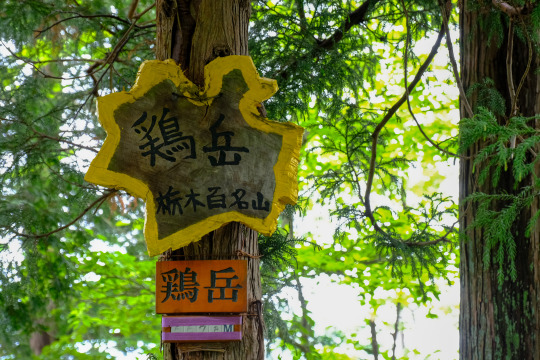
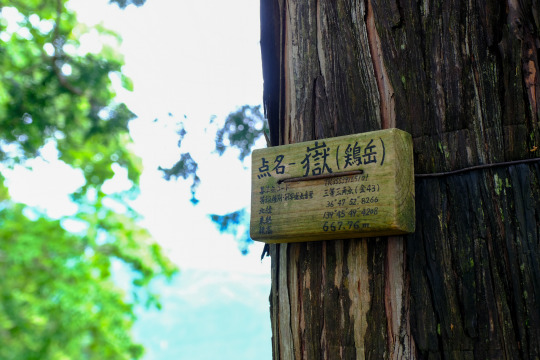
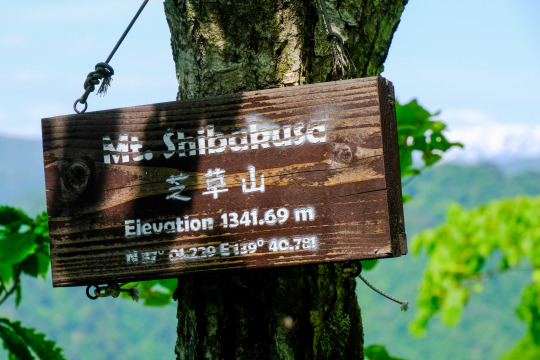
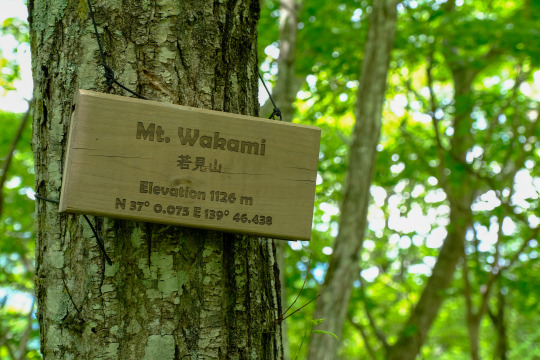
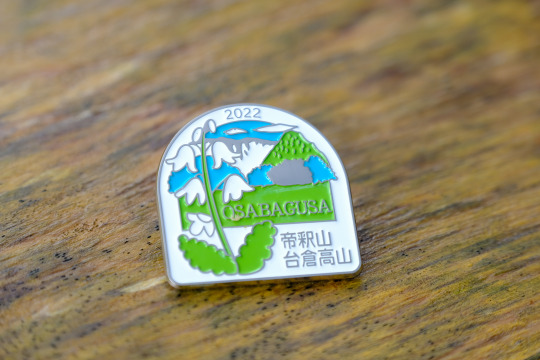
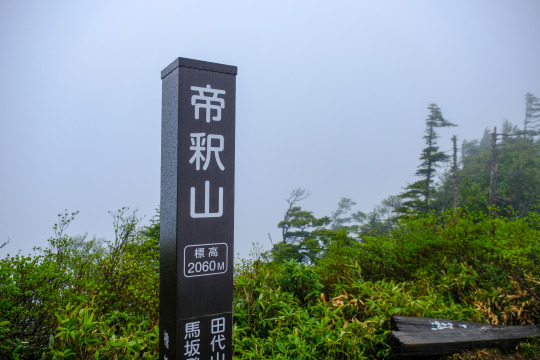
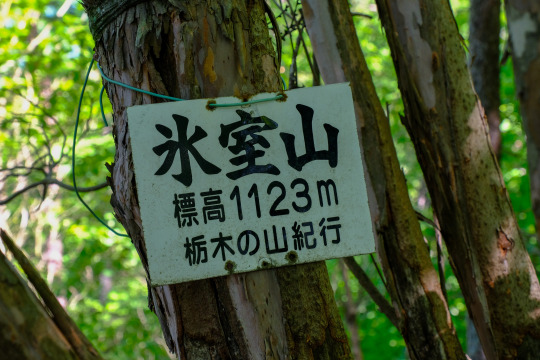
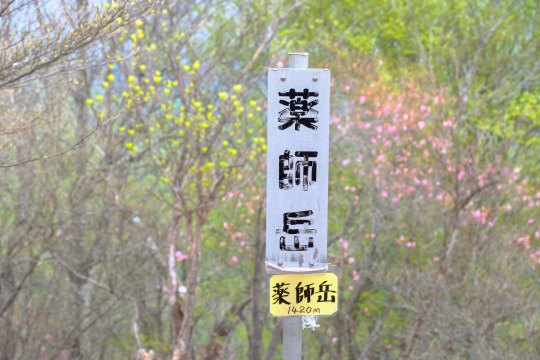
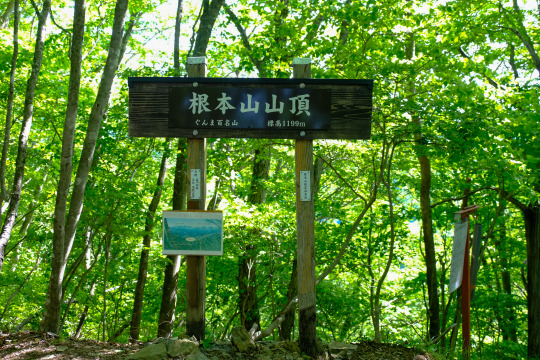
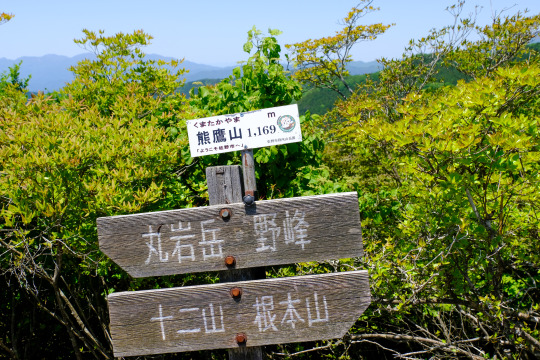
栃木百名山 登頂コレクション!
残り11座、まだまだ難峰が控えています。 ぼちぼちと積み重ねたい。
34 notes
·
View notes
Text
Challenge the difficult mountains among the 100 famous mountains in Tochigi.
Anyway, I played with the deep nature of the Teishaku massif in the distance.
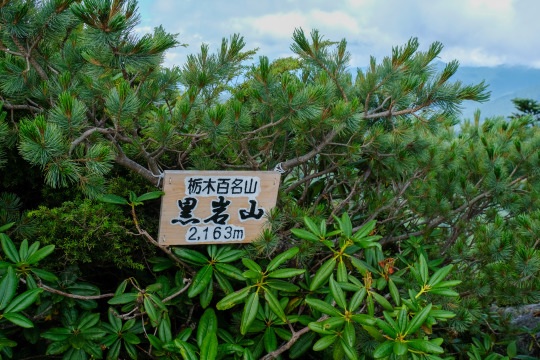
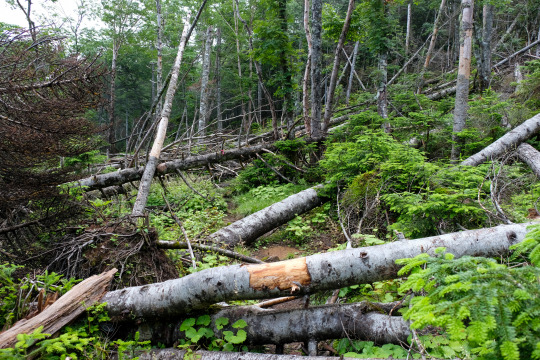

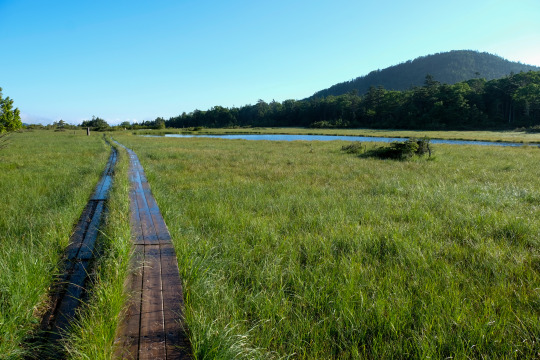
2021.7.31 黒岩山
栃木百名山の中でも、難関の山にチャレンジ とにかく遠く、帝釈山塊の奥深い自然と戯れました
50 notes
·
View notes